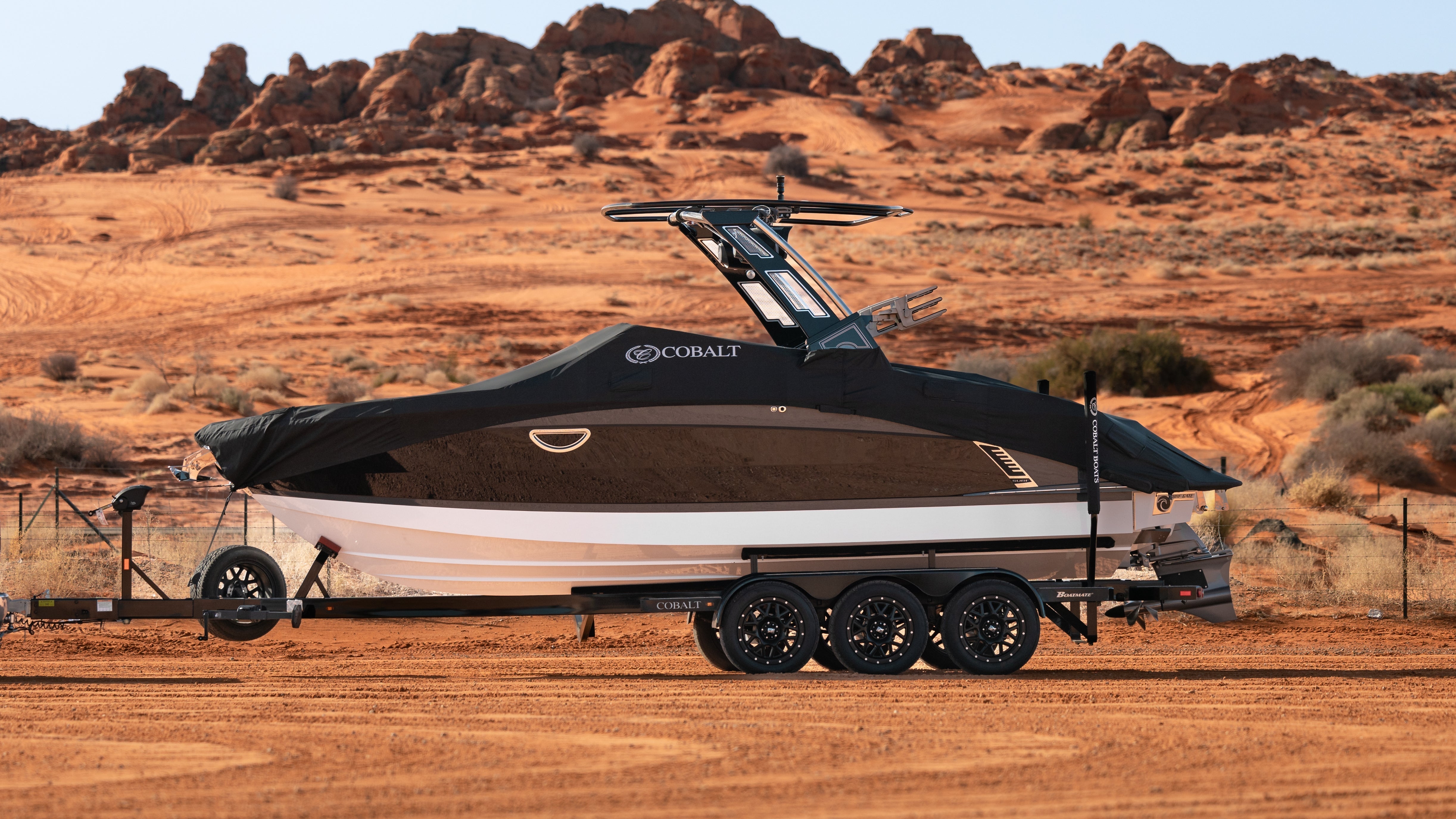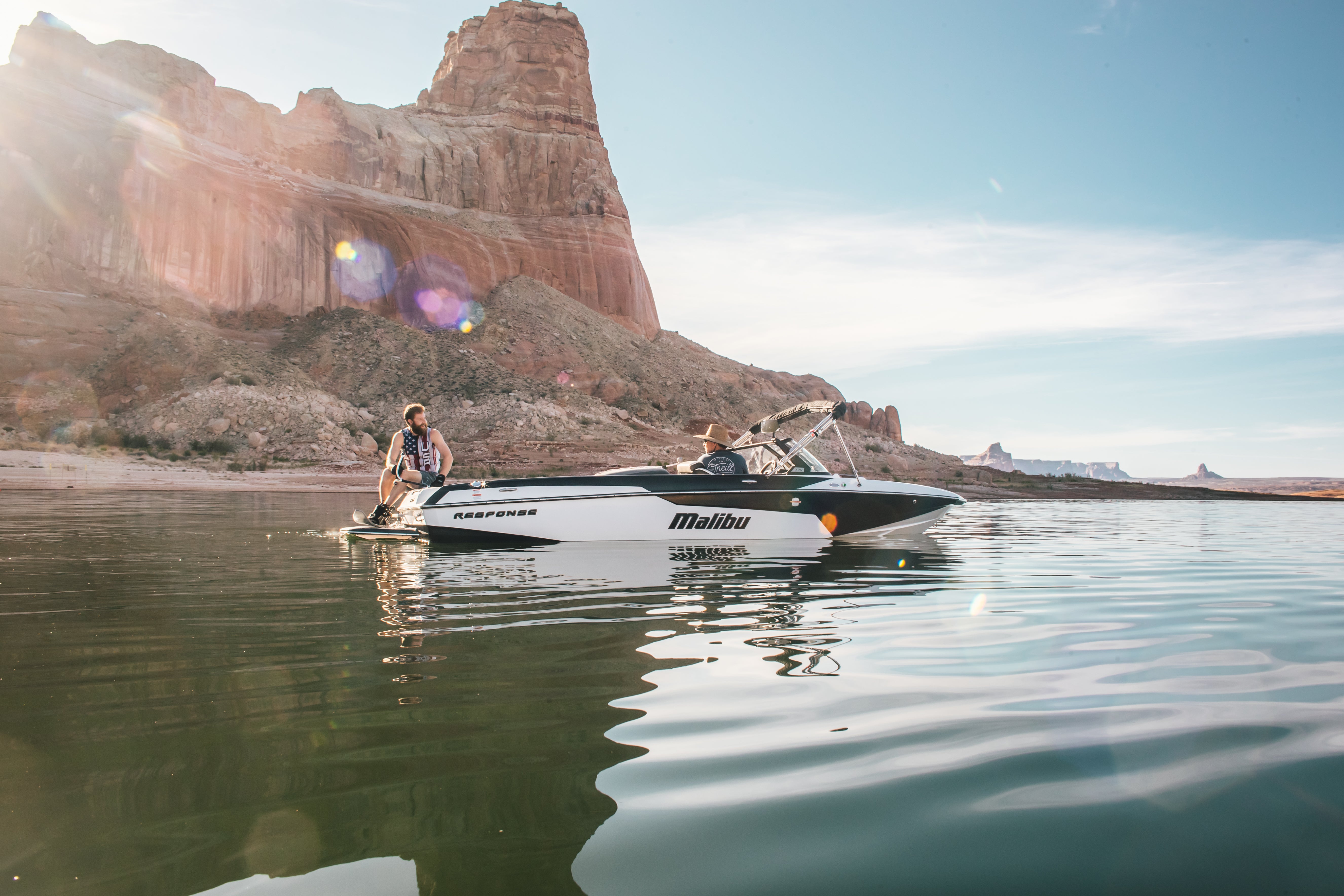Why Winterizing Matters
See also "Top Ten Tips for Winterizing" Video
As Summer comes to an end and the colder temps move in, it is time to get your boat ready for long term storage. Whether your boat will be exposed to freezing temps or will just be put in a garage for a few months, winterizing your boat is a crucial step in preserving your boat’s longevity and ensuring it’s ready to hit the water when the weather warms up. Let’s dive into why winterizing is so important and how to do it right.
1. Preventing Freeze Damage
Winter weather can be harsh on your boat’s internal systems. Water left in the engine, plumbing, or cooling systems can freeze and expand, leading to cracks and costly damage. Proper winterization ensures all water is removed or treated to prevent this freeze-thaw cycle from wreaking havoc on your boat’s vital components. Even if your boat is in a climate-controlled garage, we still recommend winterizing your boat in case your garage loses power and is no longer climate controlled.
2. Protecting the Engine
The engine is the heart of your boat, and without proper care, it can suffer from corrosion and rust over the winter months. Winterizing your engine involves draining adding fuel stabilizer and flushing the engine with antifreeze to create a protective layer against moisture and air. This process helps maintain engine performance and reliability come spring.
3. Preserving the Hull and Interior
Winter can bring a host of environmental challenges, from harsh UV rays (even in winter) to snow and ice. A well-winterized boat is typically covered and stored in a controlled environment, protecting the hull and interior from damage. This also prevents mold and mildew growth, which can be a real hassle to clean and remove.
4. Avoiding Costly Repairs
Ignoring the winterization process can lead to expensive repairs. From engine replacements to hull repairs and everything in between, the costs of neglecting your boat can quickly add up. Winterizing is a small investment of time and effort that can save you significant money in the long run.
How to Winterize Your Boat
1. Clean and Dry the Boat
Start by thoroughly cleaning the boat, both inside and out. Remove any debris, dirt, or food that could attract pests or promote mold growth. Dry all areas completely to prevent moisture-related issues.
2. Drain Water Systems
Remove all water from the boat’s water systems, including the engine, bilge, and any onboard plumbing. This involves draining the engine block, manifolds, and any water lines. For the best care, run antifreeze through the system to ensure no water remains.
3. Stabilize the Fuel
Add a fuel stabilizer to your gas tank and run the engine for a few minutes to ensure the stabilizer circulates through the system. This prevents the fuel from deteriorating and keeps your engine in good condition.
4. Change the Oil and Filters
Change the engine oil and replace the oil filter. Old oil can contain contaminants that may corrode engine components over the winter.
5. Check and Maintain the Battery
Remove the battery and store it in a cool, dry place. Consider using a trickle charger or battery maintainer to keep it in good condition.
6. Inspect and Repair
Take the opportunity to inspect your boat for any wear and tear or damage. Address any issues now to prevent them from becoming bigger problems when you’re ready to get back on the water.
If possible, store the boat in a garage or covered area. If outdoor storage is your only option, invest in a high-quality cover to protect your boat from the elements. You can also consider shrink wrapping your boat which will provide a great layer of protection.
7. Protect the Exterior
If possible, store the boat in a garage or covered area. If outdoor storage is your only option, invest in a high-quality cover to protect your boat from the elements. You can also consider shrink wrapping your boat which will provide a great layer of protection.
Final Thoughts
Winterizing your wakeboard boat might seem like an added chore at the end of the season, but it’s an essential step to ensure your boat is in top shape when you’re ready to ride again. By taking the time to properly prepare your boat for winter, you’re investing in its longevity and your future enjoyment. So, bundle up, grab your winter gear, and give your boat the care it deserves. When spring arrives, you’ll be ready to hit the water with confidence and excitement!
To get the essentials to winterize your boat, click here




